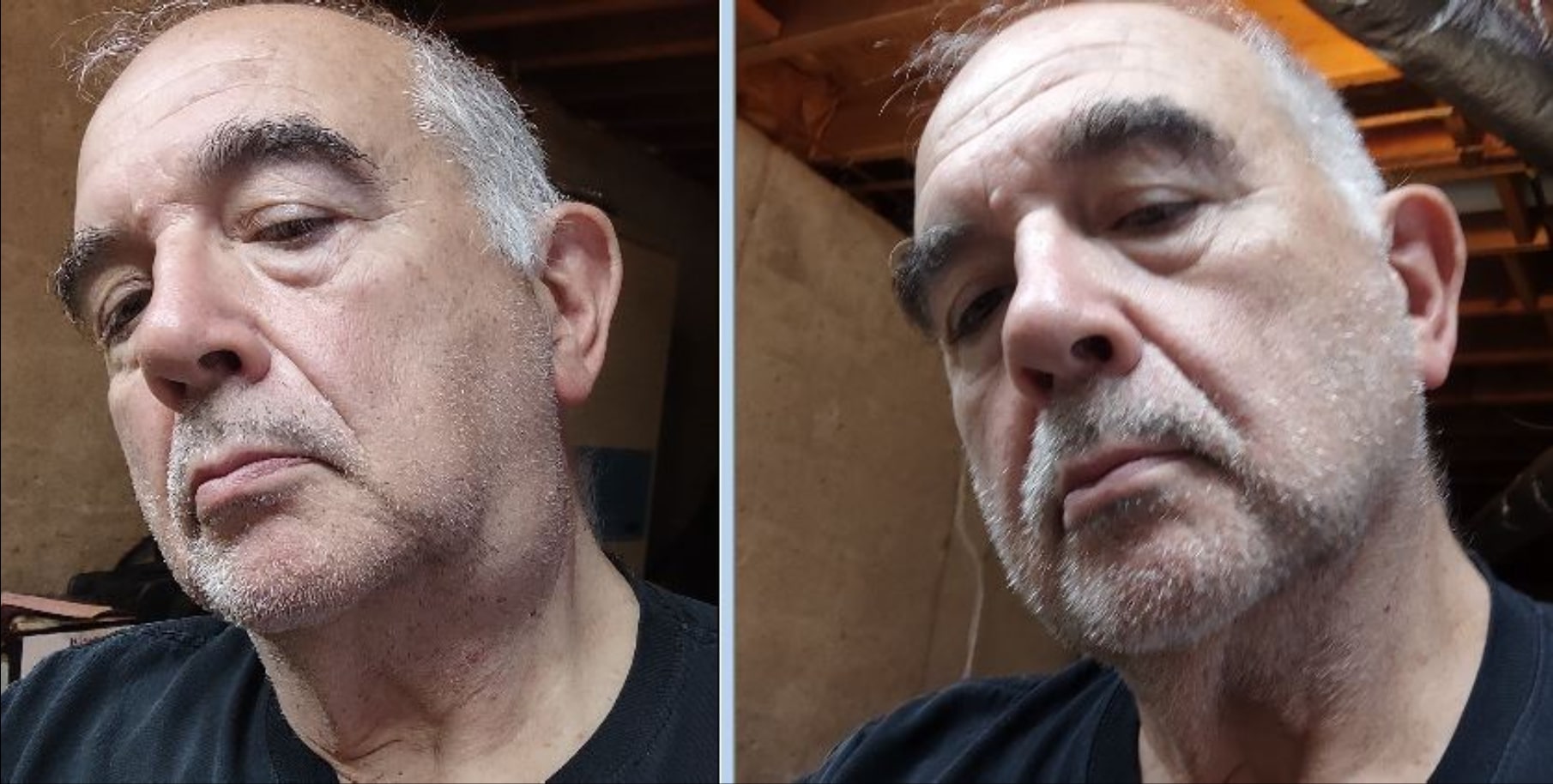A lipoma is not usually a health concern, but it can be unsightly cosmetically. Depending on where they are located, they can also cause discomfort when wearing certain clothing, such as a strap or the edges of a garment rubbing against them.
These benign tumors do not usually cause problems, but if you have one that is bothering you, you may be wondering how to remove a lipoma yourself or if that is even possible.
Today we are going to talk about lipomas: what they are, where they come from, some do-it-yourself lipoma removal strategies, and when you should reach out for professional intervention.
What Are Lipomas And Where Do They Come From?
Lipomas are non-cancerous lumps that appear just under the skin and are made of fatty cells that grow together to form soft, pliable, doughy lumps. They can develop anywhere in the body where fat cells are present; however, they are most often found on the neck, shoulders, thighs, under the arms, and on the chest. They can also develop, although more rarely, on muscles, internal organs, or bones.
They usually feel soft and, when pressed, will move around a tiny bit under the skin. They normally grow very slowly and are on average about 2 to 3 centimeters in size (somewhere between the size of an almond and a grape), but there have been some lipomas reported as large as 10 centimeters (the size of a large navel orange). They seem to occur in men more frequently than women and generally appear somewhere between the ages of 40 and 60.
Unfortunately, the origin of lipomas’ development remains a mystery. People with multiple lipomas may have a hereditary predisposition for developing these tumors; however, only about 2–3% of individuals who get lipomas have a history of the condition in their families. Some studies have shown that lipomas can form at the site of a traumatic injury.
Removing A Lipoma Yourself
We get many questions from our patients about whether you can remove a lipoma yourself naturally. Unfortunately, there are not any scientifically proven methods for do-it-yourself lipoma removal. In fact, most individuals who have tried have admitted regret about their decision.
While eating a healthy, nutrient-rich diet is always best, the formation of lipomas is not a result of your diet, a vitamin deficiency, or anything else that you can control. The only way to safely and effectively remove a lipoma is through a surgical procedure performed by a qualified, board-certified surgeon.
Beware of companies trying to sell you supplements and claiming they will eliminate lipomas.
What Are Some DIY Remedies For Lipomas?
When board-certified cosmetic surgeons and dermatologists were asked if they can remove a lipoma by themselves at home, the answer was an emphatic no. We hit the internet to find out what types of information we would find.
Here are some of the DIY remedies we found when we did an online search for “How to remove a lipoma yourself naturally.” While there were some anecdotal stories where the individual said that one of these had helped them, most reported that there were no changes to their lipoma.
Also, it is important to note that most of these individuals did not get a lipoma diagnosis from a doctor and may have had a different underlying issue (a small abscess caused by an infection, etc.) that was remedied by a topical application.
Natural Removal Of Lipomas With Herbs And Oils
Every source we found for removing lipomas yourself at home suggested making a paste of different natural oils and herbs.
- Create An Ointment Using Natural Ingredients
- We are not disputing the fact that there are many oils, herbs, and spices that have medicinal qualities and can be beneficial when ingested or used topically. We know that natural oils such as neem, flaxseed, olive, and coconut oils can be great carrier oils to use as the base for many beauty and topical remedies.
Neem oil, in particular, is known as a natural astringent and has demonstrated anti-inflammatory properties as well as effectiveness against acne, eczema, ringworm, warts, and psoriasis. This being said, however, there have been no significant controlled studies performed with human participants and have only been done with animals or cell lines. Particular care should be taken when using neem oil as it can cause allergic reactions and adverse effects if used in large quantities, especially in children.
Flaxseed oil contains omega-3 and omega-6 fatty acids, which can be beneficial when ingested and can help hydrate the skin when used topically. Most scientific studies were found to be inconclusive when they researched flaxseed oil’s effect on inflammation.
- Turmeric
- Mix turmeric with flaxseed or neem oil to make an ointment for getting rid of lipomas. These oils all have characteristics that can be used medicinally to reduce inflammation and reduce bacteria. Mix together to form a paste and apply to the lipoma, covering it with a bandage afterward to avoid staining your clothing. Apply every day until the lipoma is gone.
- Sage
- Start with 2 to 3 teaspoons of neem, flaxseed, or olive oil and add about a teaspoon of dried sage. Massage the mixture into the lipoma area. (The original source actually said, “It might be useful.”)
- Apple Cider Vinegar
- Many believe that Apple cider vinegar has health and medicinal benefits, including burning excess fat when taken internally. Some believe that it can shrink lipomas when used topically. This home remedy for lipomas claims that if you soak a clean cotton ball in apple cider and apply it directly to the lipoma, securing it with a bandage, and leave it on overnight for several weeks, it will shrink the size; however, there is no scientific evidence to support this claim.
- Green Tea
- Some believe that because green tea is high in antioxidants, it can shrink a lipoma. They suggest drinking at least two cups of green tea a day or applying a wet green tea bag to the lipoma for about 15 minutes every day.
- Flaxseed Oil
- Flaxseed oil is known to have anti-inflammatory properties because it is rich in omega-3 fatty acids. Some believe taking one tablespoon of flaxseed oil every day or putting it directly on the bump and massaging it for a few minutes each day will help shrink a lipoma.
- Honey Flour Salve
- Some believe making a paste out of honey and flour, coating the lipoma, and using a bandage on top daily will eventually get rid of it. Honey does have antibacterial and anti-inflammatory properties and can help with seasonal allergies, but there is no scientific basis to support its effectiveness for lipoma removal.
- Lavender And Frankincense Essential Oil
- Frankincense essential oil and lavender essential oil both are known to have anti-inflammatory properties. Antidotal accounts have said that using these oils topically on a lipoma will help reduce its size.
- Chickweed
- Combine chickweed with a foundation made of neem, flaxseed, olive oil, or green tea. Combine one or two teaspoons of chickweed and two to three tablespoons of the oil. Use the solution to treat the lipoma.
Many cultures have used chickweed medicinally for centuries, and studies have revealed that it is beneficial for reducing inflammation. While a lipoma may induce some measure of inflammation, it is composed of fat that will be unaffected.
A study in mice showed that when chickweed was ingested, it helped prevent obesity despite their high-fat diet. It was determined that chickweed prevented the absorption of fat by the digestive system.
Safe and Effective Lipoma Removal
While some of the above-listed home remedies for lipomas may serve to alleviate any discomfort you may be feeling, there is no science-based evidence that supports the claim that they will go away.
The best treatment for relief from lipomas can be found at your board-certified cosmetic surgeon’s office or at a board-certified dermatological surgeon’s office. The two most frequently used treatments to eliminate lipomas are extraction surgery and liposuction.
Extraction Surgery
Removing a typical lipoma is a fairly straightforward procedure. The area surrounding the lipoma is injected with a numbing anesthetic, a small incision is made, and the lipoma is popped out. The surgeon will then close the incision with tiny sutures or use another method, depending on where the lipoma is located. Often, the incision used is so tiny that traditional stitches are not necessary.

Sometimes, the surgery may be a bit more involved, such as if the lipoma is wrapped around nerves or blood vessels or has grown very large.
Normally, recovering from lipoma removal is very quick, and while the area may be a bit sore and swollen, it is not extremely painful. Most patients heal up in about two weeks.
Depending on the extent of the lipoma and the surgeon who removes it, scarring may occur. If the lipoma is in a prominent location, it is recommended that you choose a cosmetic surgeon to perform the removal, as aesthetics is among their areas of expertise.
Liposuction: Removal of a Lipoma
Sometimes liposuction can be effective in removing a lipoma and is among the least invasive procedures. After some anesthetic is introduced to the treatment area, a special fluid is injected into the area that will help break up the fat and also help mitigate swelling. Then a small incision is created, a tiny cannula (a medical tool that looks like a very small metal straw) is inserted into the lipoma, and the fat is vacuumed out.
Tenderness, swelling, and light bruising may occur in the treatment area, and the site may be sore for a few days. Recovery from lipoma removal will depend on the size, location, and number of lipomas eliminated. Most patients are back to their normal routines within a week.
Seek Professional Help From A Qualified Surgeon
If you have a lipoma that is causing discomfort or you just do not like the way it looks, do not take matters into your own hands. A well-known doctor chastised one of her patients on her television show for removing one of his many lipomas at home. She outlined the many dangers, including infection and the potential for excessive bleeding. Not to mention the ugly scarring he incurred.
Contact Dr. Angelina Postoev, a triple-board-certified cosmetic surgeon at IBI Plastic Surgery & Med Spa. She is an expert in her field and can remove lipomas with the utmost care and precision to minimize scarring as much as possible.
Lipoma removal is usually a very quick procedure that can make a world of difference to you. Contact us today for an appointment or set up a consultation online to find out how we can help you get rid of lipomas, and do not attempt any dangerous or ineffective DIY lipoma removal antics at home.






